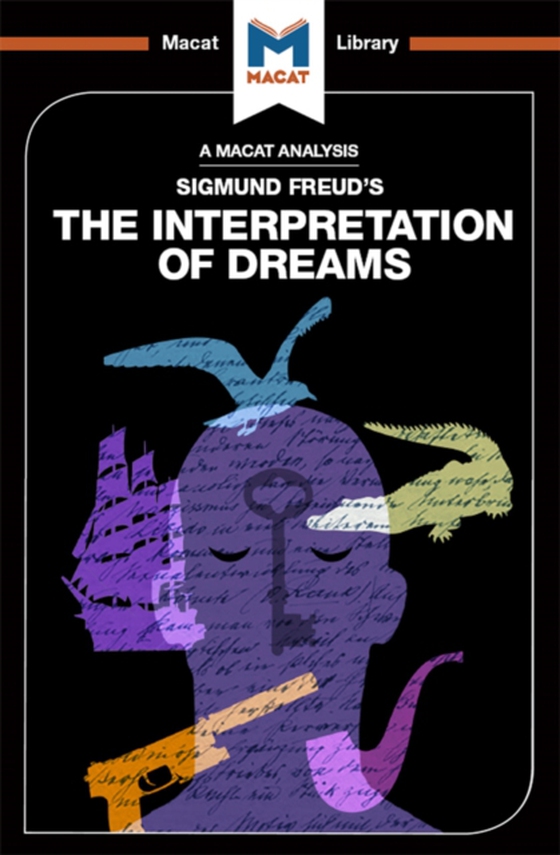
Analysis of Sigmund Freud's The Interpretation of Dreams e-bog
67,49 DKK
(inkl. moms 84,36 DKK)
There is arguably no more famous book about the arts of interpretation and analysis than Sigmund Freud's 1899 Interpretation of Dreams. Though the original edition of just 600 copies took eight years to sell out, it eventually became a classic text that helped cement Freud's reputation as one of the most significant intellectual figures of the 19th and 20th centuries. In critical thinking, just...
E-bog
67,49 DKK
Forlag
Macat Library
Udgivet
5 juli 2017
Længde
92 sider
Genrer
Literary theory
Sprog
English
Format
pdf
Beskyttelse
LCP
ISBN
9781351351409
There is arguably no more famous book about the arts of interpretation and analysis than Sigmund Freud's 1899 Interpretation of Dreams. Though the original edition of just 600 copies took eight years to sell out, it eventually became a classic text that helped cement Freud's reputation as one of the most significant intellectual figures of the 19th and 20th centuries. In critical thinking, just as in Freud's psychoanalytical theories, interpretation is all about understanding the meaning of evidence, and tracing the significance of things. Analysis can then be brought in to tease out the implicit reasons and assumptions that lie underneath the interpreted evidence. Interpretation of Dreams is a masterclass in building telling analyses from ingenious interpretation of evidence. Freud worked from the assumption that all dreams were significant attempts by the unconscious to resolve conflicts. As a result, he argued, they contain in altered and disguised forms clues to our deepest unconscious urges and desires. Each must be taken on its own terms to tease out what they really mean. Though Freud's theories have often been criticized, he remains the undisputed master of interpretation - with his critics suggesting that he was, if anything, too ingenious for his own good.
 Dansk
Dansk

